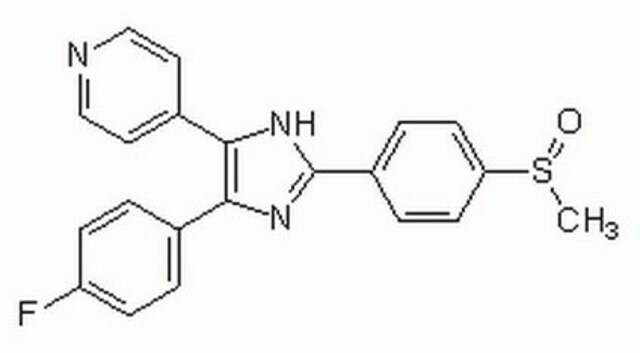677418
Hydroxyapatite
nanopowder, <200 nm particle size (BET), ≥97%, synthetic
Sinonimo/i:
Calcium hydroxyphosphate, HAp, Hydroxylapatite
About This Item
Prodotti consigliati
Livello qualitativo
Saggio
≥97%
Forma fisica
nanopowder
solid
Area superficiale
>9.4 m2/g
Dimensione particelle
<200 nm (BET)
Punto di fusione
1100 °C (lit.)
Stringa SMILE
[Ca++].[Ca++].[Ca++].[Ca++].O[Ca+].[O-]P([O-])([O-])=O.[O-]P([O-])([O-])=O.[O-]P([O-])([O-])=O
InChI
1S/5Ca.3H3O4P.H2O/c;;;;;3*1-5(2,3)4;/h;;;;;3*(H3,1,2,3,4);1H2/q5*+2;;;;/p-10
XYJRXVWERLGGKC-UHFFFAOYSA-D
Cerchi prodotti simili? Visita Guida al confronto tra prodotti
Descrizione generale
Applicazioni
Poly (sodium 4-styrene sulfonate)-modified hydroxyapatite nanoparticles can be used as a drug carrier for vancomycin. Hydroxyapatite nanoparticles control the release of antibiotics after the implantation of a scaffold in the body.
Porous hydroxyapatite microspheres exhibit a high adsorptive capacity for heavy metals and can be used for the treatment of heavy metal contaminated water.
Caratteristiche e vantaggi
- Bioactive and biocompatible
- Good mechanical strength
- Porous structure
- Osteoconductive and osteointegrative properties
Note legali
Codice della classe di stoccaggio
13 - Non Combustible Solids
Classe di pericolosità dell'acqua (WGK)
WGK 1
Punto d’infiammabilità (°F)
Not applicable
Punto d’infiammabilità (°C)
Not applicable
Dispositivi di protezione individuale
dust mask type N95 (US), Eyeshields, Gloves
Scegli una delle versioni più recenti:
Possiedi già questo prodotto?
I documenti relativi ai prodotti acquistati recentemente sono disponibili nell’Archivio dei documenti.
I clienti hanno visto anche
Articoli
Nanomaterials for Biomedical Applications
Innovation in dental restorative materials is driven by the need for biocompatible and natural-appearing restoration alternatives. Conventional dental materials like amalgam and composite resins have inherent disadvantages.
A key challenge for nanomaterial safety assessment is the ability to handle the large number of newly engineered nanomaterials (ENMs), including developing cost-effective methods that can be used for hazard screening.
Il team dei nostri ricercatori vanta grande esperienza in tutte le aree della ricerca quali Life Science, scienza dei materiali, sintesi chimica, cromatografia, discipline analitiche, ecc..
Contatta l'Assistenza Tecnica.







